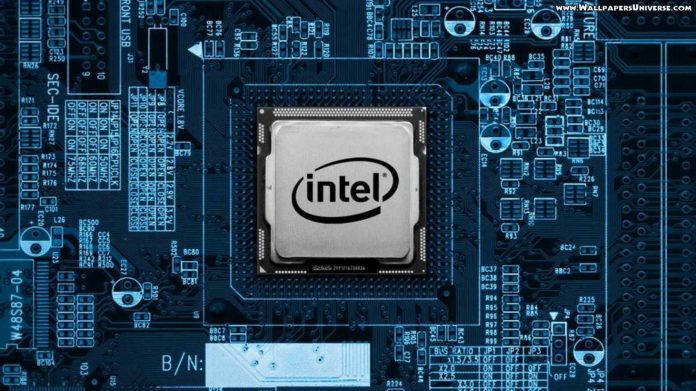Believe it or not, Hyperthreading technology has been around for more than a decade and not many people know its roots, how it works or if its any good. I hope to explore the advantages and history of Intel’s proprietary simultaneous multithreading (SMT) implementation technology and dive a little deeper into its hardware. Intel says it ‘uses processor resources more efficiently’ and ‘Run demanding applications simultaneously while maintaining system responsiveness’, let take this opportunity to analyse that in more detail.
A Little History Lesson
The first venture Intel took with Hyperthreading technology was back in 2002 with an x84 bit architecture Foster MP-Based Xeon processor. The technology was also used with some of the Pentium 4 CPUs at the same time (specifically, their 3.06 GHz Northwood-based Pentium 4 chips) marketed by Intel as Intel Pentium HT. However, it was soon discontinued and while Intel hasn’t fully disclosed why, we do know that it wasn’t going in the direction that Intel wanted or intended at the time. Eventually, Intel reintroduced hyper-threading technology in 2008 when they found the time and resources to integrate it into a new processor architecture called Nehalem.
Nehalems main goal really was to boost single/low threaded app performance in newer generation processors and in November 2008 Intel started distributing Nehalem Intel Core i7 processors with the new returning hyper-threading technology. These processors have four cores and essentially scale up to eight “hypothetical” cores and since the release of this processors design, both two, six-core and eight-core models have been released. These core models also scale their cores respectively to four, twelve and sixteen substantially, “doubling their cores”.
Of course, there was earlier hyperthreading technology back in 1982 with the HEP processors (Heterogeneous Element Processor), however, it couldn’t hold multiple instructions that belong to the same process and I am more focused on the mainstream Intel processor architecture. An interesting fact is also that the US patent for hyperthreading technology is held by Sun Microsystems.
What Is Hyperthreading?
Before we start talking about how hyper-threading works we must step outside of the sales-reps “technical” advice that hyper-threading is one core acting as two cores, although this is moderately true this is above all an exaggeration. hyper-threading realistically is ‘logical scheduling’. For example, one processor could be processing your general background applications (Skype, Youtube and your anti-virus) while the other can fully focus on a Videogame. The key main benefits of HTT is high multi-tasking; Video Editing, 3D rendering and any applications that know how to utilise HTT. Photoshop is a good example of a piece of software that uses hyperthreading technology very well since it can access multi-threading. The key component is ensuring the software you are using can utilise this technology and to be honest whilst the hardware is awesome, there aren’t many applications that can use it. Photoshop, 3D Rendering apps, Gaming, Video editing software most of these can all fully employ this technology but these are expensive and high-end apps that require a competent machine.

If you are a general user using software like Word you won’t really notice much of a difference from a processor with or without HTT, day-to-day tasks using basic applications won’t have much of an impact on speed or responsiveness with this type of tech. In the world of computers today processors are so fast that general applications are never really affected or limited by the speed of your CPU, but with that being said it doesn’t mean HTT does nothing to general tasks. The best way to explain how HTT works in a sentence would be to say that “Hyper-Threading can optimize tasks that can be conducted in parallel so the whole operation is faster!”
On the high end of the spectrum, hyperthreading is some groundbreaking, awesome hardware, but as a general user using basic applications you won’t see much of an impact. Overall, it’s defiantly something worth having and with today’s processors most, if not all of Intel’s architecture includes it along with its’ Turbo Boosting technology, but that is a post for another day.
Post by nSpire UK







